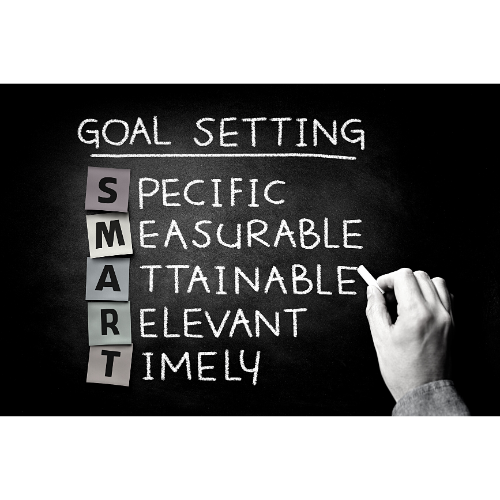Larry Ellison, co-founder of Oracle, shared intimate anecdotes and reflections on his long-time friendship with Steve Jobs. Ellison’s stories offer a glimpse into the unique mindset and relentless drive that defined Jobs, shedding light on the qualities that made him a revolutionary leader in technology.
SMART Goals: Specific, Measurable, Achievable, Relevant, and Time-bound Goals in Product Management
Goal setting is a crucial part of any business strategy, especially in the realm of product management. One popular technique for setting effective, clear, and achievable goals is the SMART framework. It encourages precise and realistic goal setting, thereby increasing the chances of success.
The Eisenhower Matrix: Ranking Topics by Urgency and Importance
The Eisenhower Matrix is a powerful tool designed to help prioritize tasks based on their urgency and importance. This framework, visually represented as a 2×2 grid, allows us to understand which tasks require immediate attention, which ones can be scheduled for a later time, which tasks can be delegated to others, and finally, which ones should be discarded altogether.
Minimum Lovable Product: Maximizing Early Market Validation
A Minimum Lovable Product (MLP) is a product that has been stripped down to its minimum essential components to deliver a positive user experience, while being sufficiently appealing to generate revenue.
Cannibalization: How to Ensure New Products Don’t Hurt Your Existing Portfolio
Cannibalization is a term used in product management to describe the scenario where a new product or product line takes sales away from an existing product or product line. This can occur when the new product is similar to the existing product or when the new product is positioned as an upgrade to the existing product.
A/B Testing: Assess the Impact of New Features
A/B testing is a powerful tool for product managers to evaluate the impact of new features on user behavior. By splitting traffic into a control group and one or more variants, it allows you to measure the impact of changes on behavioral metrics such as engagement, conversion rates, and retention.
MECE Principle: Breaking Down Problems Efficiently
The MECE principle is useful in situations where it is necessary to divide a set of elements into distinct and exhaustive categories. It is particularly useful in problem solving, data analysis, planning and organisation.





